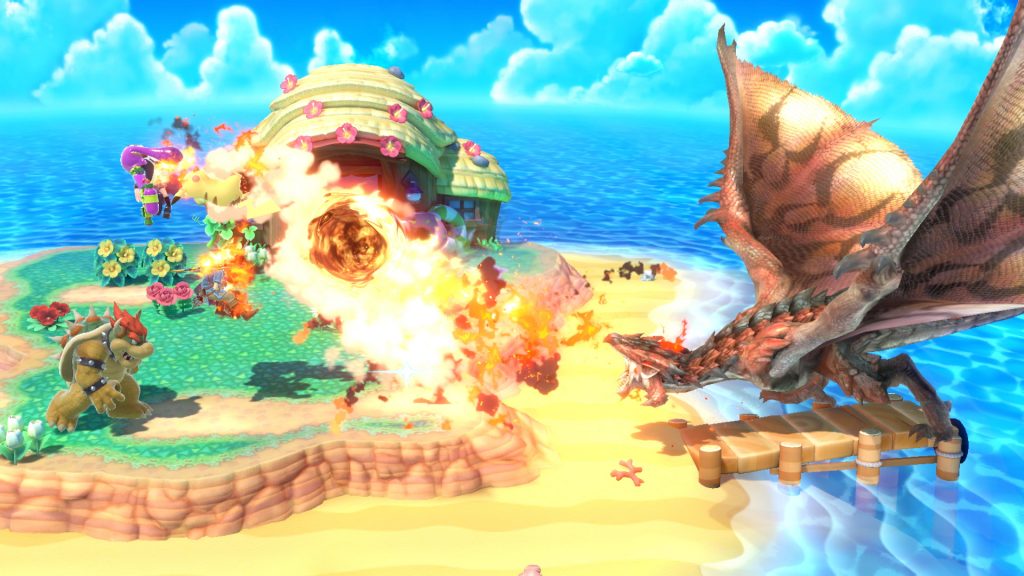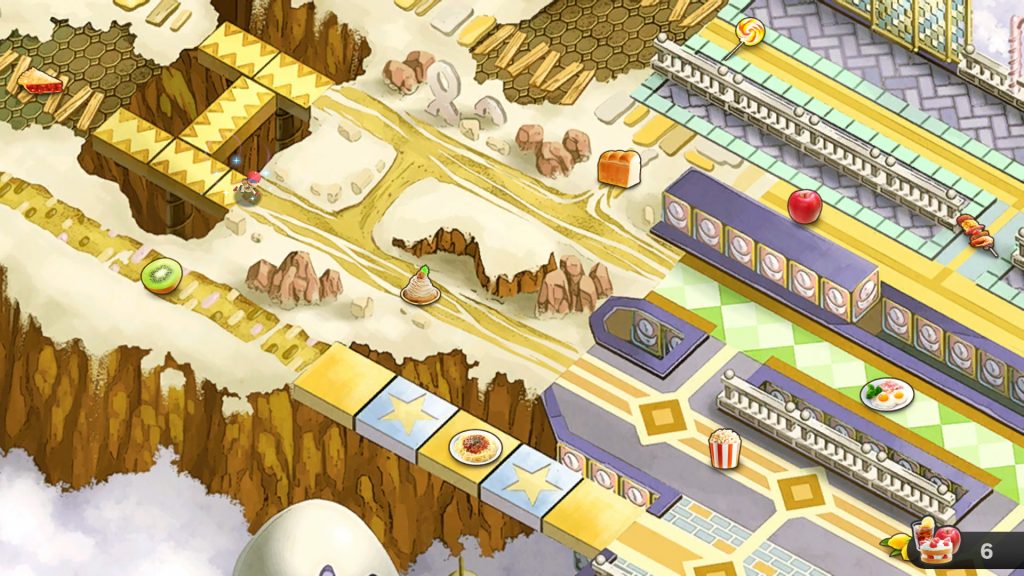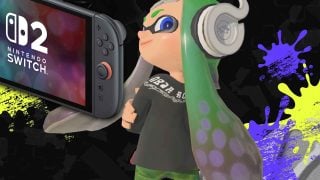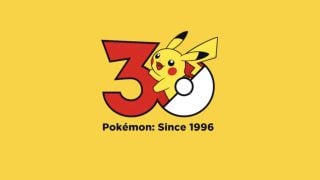No game can capture the attention of Nintendo fans quite like Smash. Earlier this year when all our eyes lit up like Inkling’s at the prospect of this massive crossover of games we had no idea what to expect, and now that December 7th has finally arrived, those flaming Smash symbols have been doused with tears of joy. It was already apparent that Super Smash Bros. Ultimate would be the biggest title in the series, but after many hours with the game and all it has to bring I can say with greater confidence, as a fan of Nintendo and video games as a whole, that it’s also the best.
Everyone is here
With over 70 fighters to choose from, Ultimate features a massive roster of gaming icons and fan favorites to choose from across all its modes. Two achievements stand out here, those being the return of every fighter from the series’ past and the sizable (and growing) third party representation. The best example of both of these is that Metal Gear Solid’s Snake has managed to sneak back in, but he’s hardly the only one. Even seemingly redundant fighters like Young Link and Pichu are back and looking beautiful in HD.
It’s not just returning fighters that make this one special though. Longtime requests have finally been granted with the likes of Ridley and King K. Rool stepping into the ring; Animal Crossing’s number one citizen Isabelle got a little time off to participate; and the Castlevania series is here in full vampire hunting force. Even if your personal favorite character couldn’t make the cut (we’re looking at you, Waluigi fans), there’s a staggering amount of variety and well-crafted personality permeating this cast without losing the trademark and simplistic control style that makes Smash… Smash.
While we’re talking about the roster, one thing’s worth noting. You begin the game with only eight fighters — the original eight from Super Smash Bros. on N64, in fact. As you play through different modes you’ll unlock more and more in a seemingly random order, with no set requirements. It gives a sense of progression, and while it might give impatient players and tournament organizers headaches, I enjoyed gathering everyone together. This alone can take several hours depending how well you fight and what modes you play, but even with a complete character select screen there’s plenty more to see and do.
All you know and love, made Ultimate
When it comes to its gameplay as a whole, Ultimate doesn’t change things up much. Instead it seems the bulk of its time and care went to taking everything that was in Smash for Wii U and refining it. There are a ton of small changes to each and every returning fighter. Maybe a move here or there is different, maybe you can control an existing one in a new way. The learning curve isn’t too demanding for returning players, with the biggest changes being in knockback speed. And if you’re a newcomer, you’ll be up to speed in no time.
Rather than change up the gameplay itself, there have been additions and improvements on options and rulesets outside of battle. Final Smashes now have an optional meter, meaning if you could never quite get to the Smash Ball on time you’ll still be able to pull off these flashy and powerful moves. Each of the 100 and counting stages in the game can be played as either a Final Destination or Battlefield layout, and hazards can be turned off as well. You can even choose two stages before a fighter begins, and after a set period of time the first stage will morph into the second. These and other ways to play (along with new items, Assist Trophies, and Poké Balls) play into what makes each and every Smash Bros. match feel frantic, fun, and unique.

Some new moves to try, and an old favorite for good measure
If all those new tweaks and options aren’t enough, two new modes make their debut in this section of the game’s stylized menu. Squad Strike let’s you set up 3-on-3 or 5-on-5 battle royales, where you rotate your fighters in as they’re knocked out. It adds a little depth and team building to your Smash, and if you play within its options it’s perfect for groups of friends to face off with each other one after another. Thanks to the variety of characters in the game you can even have themed face-offs, like a team of heroes versus their villains or more unique takes like Princesses versus Pokémon. It’s a new flavor that suits the players who love the “party” side of Smash.
For those more interested in showing their moves, Smashdown has you covered. In this mode you’ll start with the full roster up for grabs, but after each fight those fighters will be rendered inaccessible. It forces you to pick a new character each time, rewarding those who take the time to know the ins and outs of the whole cast. You can even “steal” a character from your rivals, forcing them to try someone else if you know you can’t stand up to their sweet Ness game. It’s still a casual-friendly mode but one that can heat up a room and really show who’s got the Master Hands.

Finally, we have to give a special shoutout to one of our favorites. Tournament Mode is back, and while it hasn’t changed all too much it’s one that we’re always pleased to see. Setting up brackets and letting fighters face off is what makes a lot of our original Smash content possible. If you’ve ever sat and watched Smash Supremacy or Mii v. Mii you’ve got this mode to thank.
Full of Spirit from past to present
We were sad to see Trophies go, but in their place is a new way to get your fix of Nintendo history. The all new Spirits mode takes a little getting used to, but once you find your flow it could be the most addicting aspect of Super Smash Bros. Ultimate. In its own corner of the menu you’ll find a haven for collectors, challenge seekers, and completionists all rolled into one. Though they may be existing art assets, they number potentially into quadruple digits and stand as a testament to how far-reaching representation can go in Smash.
In the Spirit Board section, you’ll be presented with a wall of wanted posters that show what Spirits are up for grabs. Selecting one will put you into a themed match up, with rules and effects in place to have one of the game’s existing characters represent the chosen Spirit. So maybe Snorlax will never be playable in Smash, but when you face off with a giant K. Rool who doesn’t move and you have a limited time to whittle away its massive HP pool, you’ve got a pretty good idea of what it’s like to confront that snoozing, gluttonous roadblock.
These Spirits cycle in and out on a regular basis, and have set rarity (and difficulty) ratings. To take them down more easily you’ll equip Spirits to your own fighter to harness similarly themed effects. Now that you’ve got that Snorlax Spirit, you won’t be pushed around by strong winds. These effects can give you items, buff certain attacks, and alter your physics in further ways. With how you can level up and evolve Spirits you’ve also added RPG elements into the mix, though you can just as easily ignore these and go with what the game suggests for any given match.
It adds a ton of variety, and with how quickly Spirits rotate you never really feel like you don’t have something to face off with. If you so choose you can even add Spirits to Smash mode, letting you come up with your own leveled up and unique rulesets beyond what the game already offers. I was constantly pleased and surprised to see characters I loved from games I played in the past and how they were represented here in Smash.
Colors weave into a full-on campaign
Also found under the Spirits section is the game’s single-player Adventure mode, World of Light. It utilizes the same systems as Spirits, but does so with a framed narrative and massive map to explore. I won’t spoil anything that you may uncover in the mode itself, but it was full of surprises across its runtime and offers its own unique bits to the Spirits formula to make it distinct. Be aware though, this isn’t a replacement or successor to Brawl’s Subspace Emissary. Instead, it’s the perfect complement to the rest of Smash’s content for those who love to settle in to a lengthy campaign.

Unlike the Spirit Board, in World of Light you’ll also be able to develop your fighters via a skill tree. It offers the same sorts of buffs as Spirits do (which, again, are also heavily ingrained here), but helps to highlight the growing strength of your group more directly. As you traverse the map and re-recruit fallen fighters it builds up to satisfying encounters. Some can run repetitive, with the way they’re delivered here as spaces on a board or roadblocks heightening that state of mind. Even when I found the Board more addicting, the idea that Kirby gets to take the lead and save all of Nintendo is enough to hold me through to the end.
Ultimately, World of Light operates as the perfect side dish to the core Smash experience versus a full course campaign. Taking breaks to face all the other, more organic challenges and unlockables while you adventure through is recommended. For me, these were usually Classic mode runs, with each character having their own unique set of matches to face. It’s my most favorite take on the mode yet with how integrated to the characters it is, but also the more progressive and apparent take on difficulty. Fights become harder and harder the better you do, with your prize being more unlockables and a look at an absolutely stunning full-cast mural.
Plenty more to keep you playing
After you’ve unlocked everyone, faced every Classic mode, and finished up World of Light you might be wondering what’s left for you. Thankfully, there’re plenty of unlockables — both simple and challenging — to keep you busy. The sheer amount of music in the game is incredible, with something here for everyone across the over 800 tracks. About 700 were available from the get-go, with more coming as Classic mode prizes and within the in-game shop.
There are also Mii Fighter costumes, earned similarly, that let certain other characters in on the action in their own way. Lip from Panel de Pon may not be playable, but I can still dress up a Mii in her outfit to do the best with what we got. Add those to the sheer amount of Spirits and just how unquestionably fun Smash is, and this is easily a game you could play for hundreds of hours if you felt so inclined.
And of course with Smash comes amiibo. Nintendo’s figures fell alongside Smash Bros., and with Ultimate comes the return of Figure Players. By tapping in your amiibo you’ll be able to level up and fight (both with and against) the featured character. Custom moves may be gone, but now instead you can equip FP’s with Spirits as well. The game fully supports every amiibo of every fighter (so no matter which Mario amiibo you may have, you’re covered), as well as several others to unlock Spirits or other in game features. If you’ve got a massive collection, be ready to level them all up and have them face off in the Ultimate free-for-all to see why amiibo remain the lone survivor of the toys-to-life world.
CONGRATULATIONS!
We’ve been writing about, making videos, and anticipating this game since its announcement — and if all these words and work of ours don’t make it clear, there’s something unmatched about Masahiro Sakurai’s tribute to Nintendo and to video games. So much love and attention goes into every animation of every fighter, and now that it’s in our hands it’s practically unreal. Best of all, the game will continue to grow for the foreseeable future, with new fighters like Piranha Plant and Persona 5’s Joker joining in as DLC.
I struggle to call the game “perfect,” as sometimes minor frustrations come along with how a challenge plays out or how music is sorted. There’s also the variability of online play to consider, though it’s here and more integrated than it was in Wii U. Still, as someone who has been playing Smash since the N64 and video games as a whole for nearly my entire life, the delivered product is nothing short of an achievement… and dare I say, a miracle. It’s easy to consider a game an essential pickup for a system, but if there was ever a game I would call a must-have for those who love video games, it is unquestionably Super Smash Bros. Ultimate.
Nintendo Wire owes its thanks to the combined efforts of Ricky Berg and Jason Ganos for this Smash Ultimate review.
Leave a Comment

System: Nintendo Switch
Release Date: December 7, 2018
Category: Action, Fighting, Multiplayer
Publisher: Nintendo
Developer: Nintendo, Sora Ltd., Bandai Namco


